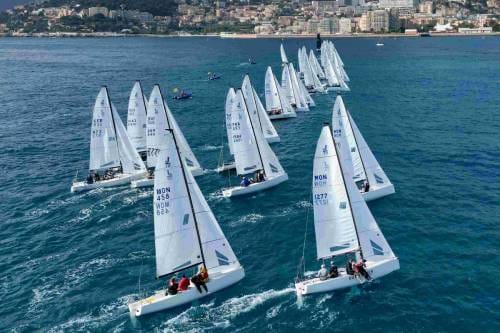Since storm Alex hit southern France in 2020, causing flooding around the Mediterranean, Monaco can no longer buy water from wells around the Roya river. This leads to the question: where does Monaco’s water come from? The Principality was once supplied with water from Roya at a rate of 100 litres per second. But storm Alex damaged infrastructure, causing a 25% loss in potable water from the Roya region.
From their offices located above their water treatment plant on Princesse Grace avenue, the Société Monégasque des Eaux manages all of Monaco’s water. Six local underground sources provide 30-50% of annual consumption, named: Ingram, Testimonio, Marie, Vaulabelle, Puit Nord and Alice. All sources are collected in the SMEAUX’s drinking water treatment plant, where it undergoes sand filtration and chlorination before it’s ready to drink.
Aside from the six local sources, Monaco buys 2 to 3 million m3 of drinking water per year from places like the Le Var and the Vésubie canal, located about an hour’s drive from Monaco.
Distributed through seven reservoirs
Monaco’s water is stored in seven reservoirs, which are then distributed to through a network that transports almost 5,000,000 m3 of water per year. Thanks to an excellent policy of finding leaks and replacing pipes, the water network’s performance is one of the best in the world.

Consumption is decreasing thanks to environmental awareness
In two decades, water consumption in the Principality has dropped by over one million cubic metres. In 2000, consumption was at 6 million m3 and in 2019, that number dropped to 4.7 million m3. Environmental awareness campaigns and new household water appliances have contributed to this reduction.
4,500 water quality checks per year
Drinking water is classed as “the most controlled food product”. To ensure quality, various monitoring programs are carried out in Monaco, including: an official control by an independent external laboratory, a self-control by the Société Monégasque des Eaux and a control carried out by the DASS. In total, more than 4,500 analyzes relating to 54 parameters are carried out per year to ensure the quality of the Principality’s drinking water at the bacteriological and physicochemical levels.
“Throughout the year, the seasons influence the chemical composition of the water (temperature, pH, mineral salt content, etc.)….A little tip: do not hesitate to fill a bottle of tap water and put it in the refrigerator all night, it will be even better the next day,” writes SMEAUX on their website.









